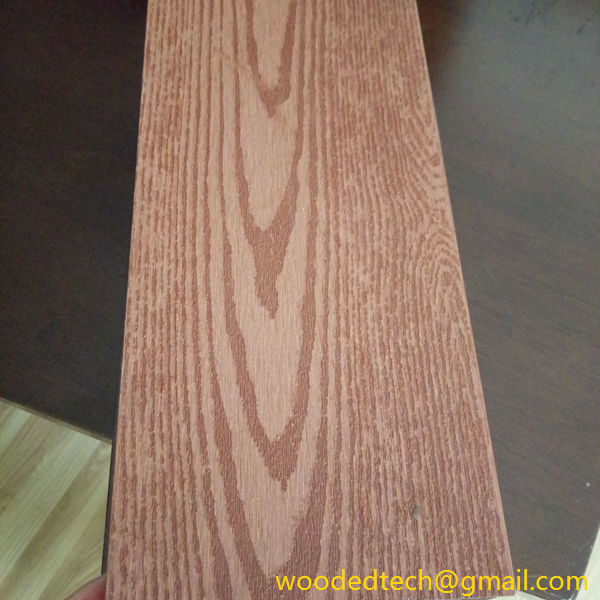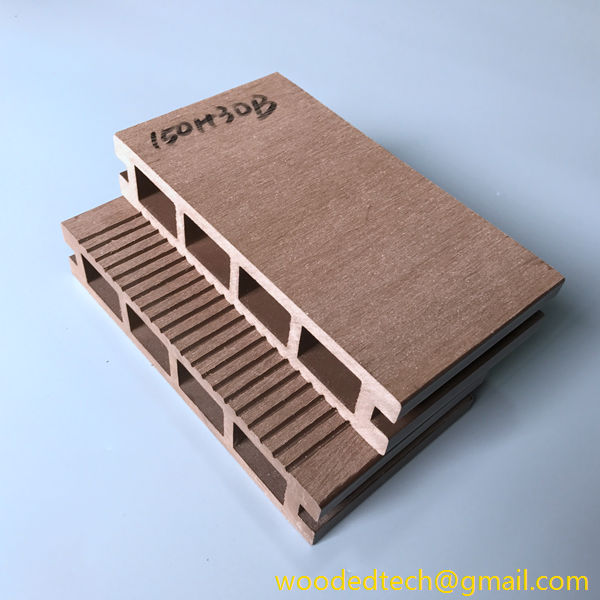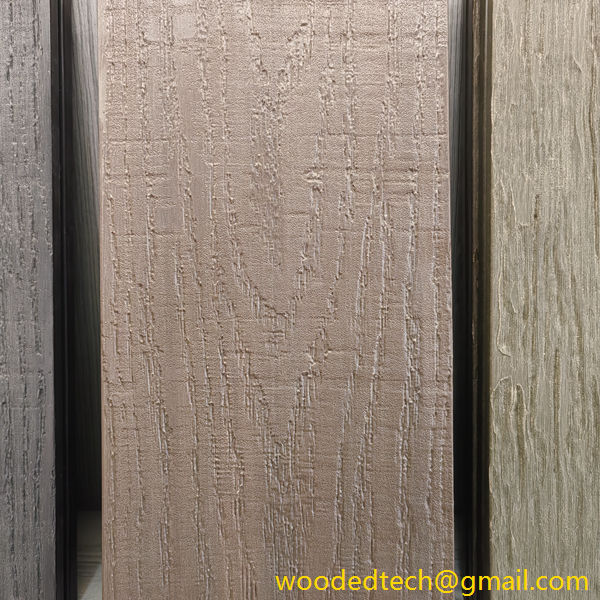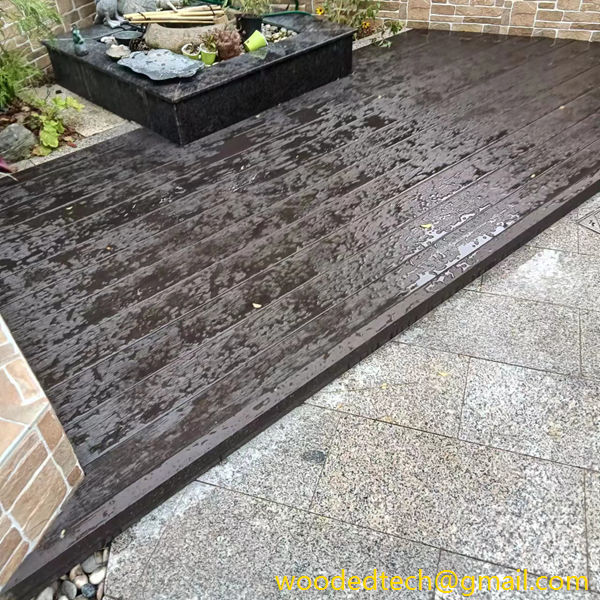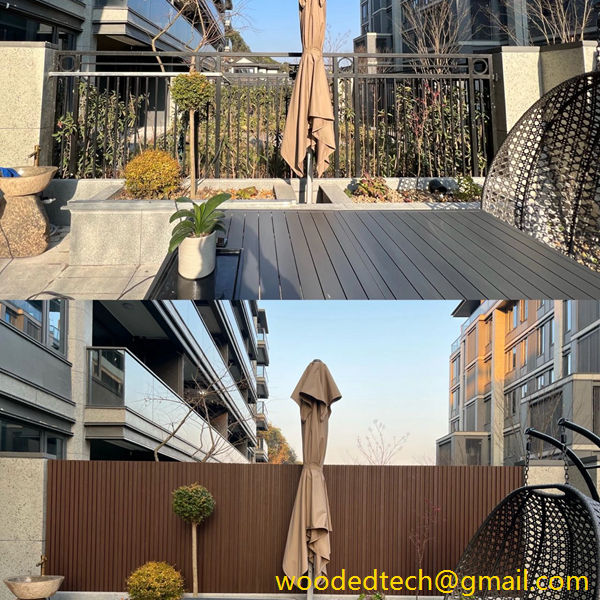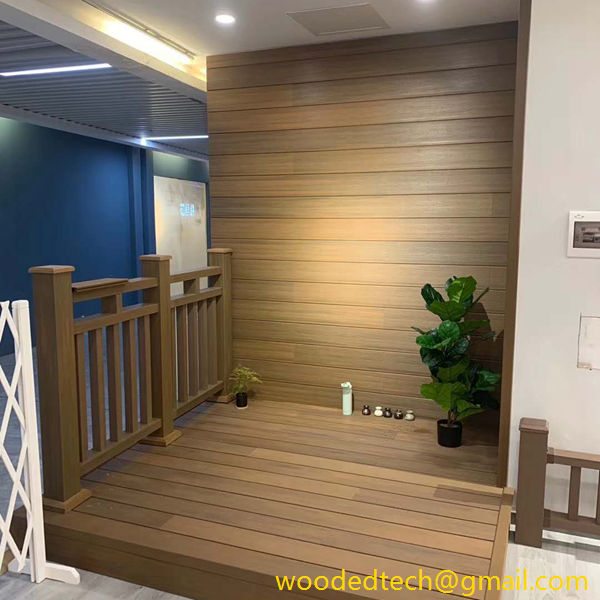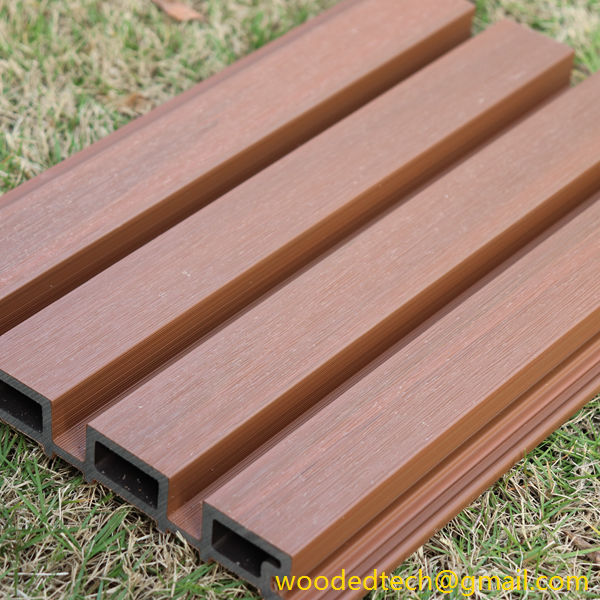What is Wood Plastic Composite Flooring: Understanding Wood Plastic Composite Flooring
What is Wood Plastic Composite Flooring: Understanding Wood Plastic Composite Flooring Wood Plastic Composite (WPC) flooring has gained significant popularity in the flooring industry, combining the natural aesthetics of wood with the durability and resilience of plastic. This innovative material is designed to meet the needs of homeowners and commercial spaces alike, offering a sustainable…
What is Wood Plastic Composite Flooring: Understanding Wood Plastic Composite Flooring
Wood Plastic Composite (WPC) flooring has gained significant popularity in the flooring industry, combining the natural aesthetics of wood with the durability and resilience of plastic. This innovative material is designed to meet the needs of homeowners and commercial spaces alike, offering a sustainable and practical alternative to traditional flooring options.
WPC flooring is made from a mixture of wood fibers, plastic, and other additives. The wood fibers typically come from recycled wood products, making WPC an environmentally friendly choice. The plastic component is often derived from recycled materials as well, which contributes to the sustainability aspect of the product. The result is a composite material that mimics the appearance of natural wood while also providing enhanced performance characteristics.
One of the primary advantages of WPC flooring is its resistance to moisture and humidity. Unlike traditional hardwood, which can warp or swell when exposed to moisture, WPC is engineered to withstand varying environmental conditions. This property makes it an ideal choice for areas prone to spills or high humidity, such as kitchens, bathrooms, and basements. The waterproof nature of WPC flooring allows for easy cleaning and maintenance, as spills can be wiped away without fear of damage.
In addition to its moisture resistance, WPC flooring is also highly durable. The composite material is designed to withstand heavy foot traffic, making it suitable for both residential and commercial applications. WPC is resistant to scratches, dents, and stains, which are common concerns for homeowners and business owners alike. This durability ensures that the flooring maintains its appearance and performance over time, reducing the need for frequent replacements.
Another significant benefit of WPC flooring is its ease of installation. Many WPC products feature a click-lock installation system, which allows for quick and straightforward assembly without the need for glue or nails. This user-friendly installation process not only saves time but also reduces labor costs for contractors and homeowners undertaking DIY projects. Additionally, WPC can be installed over most existing flooring surfaces, further simplifying the installation process.
The aesthetic appeal of WPC flooring is another reason for its growing popularity. WPC is available in a wide variety of styles, colors, and textures, allowing homeowners to choose a look that complements their interior design. The advanced manufacturing processes used to create WPC flooring ensure that the planks closely resemble natural wood, providing the warmth and beauty of hardwood without the associated drawbacks. From rustic oak to sleek modern finishes, WPC offers versatility that can suit any decor.
Moreover, WPC flooring is designed with comfort in mind. Unlike traditional tile or stone flooring, which can feel cold and hard underfoot, WPC provides a more cushioned surface. This feature enhances the comfort of walking and standing on the floor for extended periods, making it an excellent choice for residential spaces where comfort is a priority. Additionally, WPC flooring can be paired with underlayment options that provide extra cushioning and sound absorption, further enhancing the overall experience.
Sustainability is a critical consideration for many consumers today, and WPC flooring addresses these concerns effectively. By utilizing recycled materials in its production, WPC flooring reduces the environmental impact compared to traditional hardwood flooring. Moreover, the manufacturing process of WPC typically consumes less energy and produces fewer emissions than that of solid wood products. This eco-friendly aspect appeals to environmentally conscious consumers looking to make responsible choices for their homes or businesses.
When evaluating WPC flooring, it is essential to consider the quality of the product. Not all WPC flooring is created equal, and the performance can vary based on factors such as the ratio of wood to plastic, the manufacturing process, and the presence of additional protective layers. It is advisable to seek out reputable manufacturers that adhere to high standards in their production methods. Look for certifications that guarantee the flooring meets specific durability and safety criteria.
In conclusion, Wood Plastic Composite flooring is an innovative solution that combines the best features of both wood and plastic. Its moisture resistance, durability, ease of installation, aesthetic appeal, comfort, and sustainability make it an attractive option for a wide range of applications. As consumers continue to prioritize quality and environmental responsibility, WPC flooring stands out as a versatile and reliable choice for those seeking a beautiful yet practical flooring solution. Whether for a residential or commercial space, WPC flooring provides an excellent balance of performance and design, making it a wise investment for the future.

